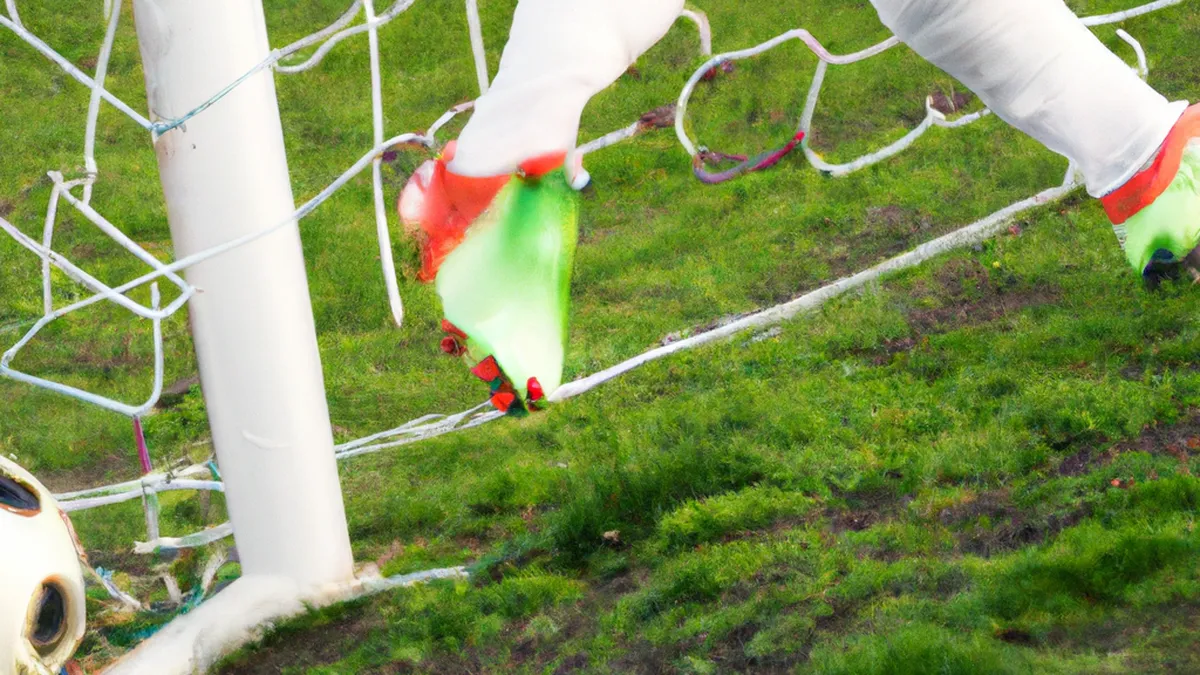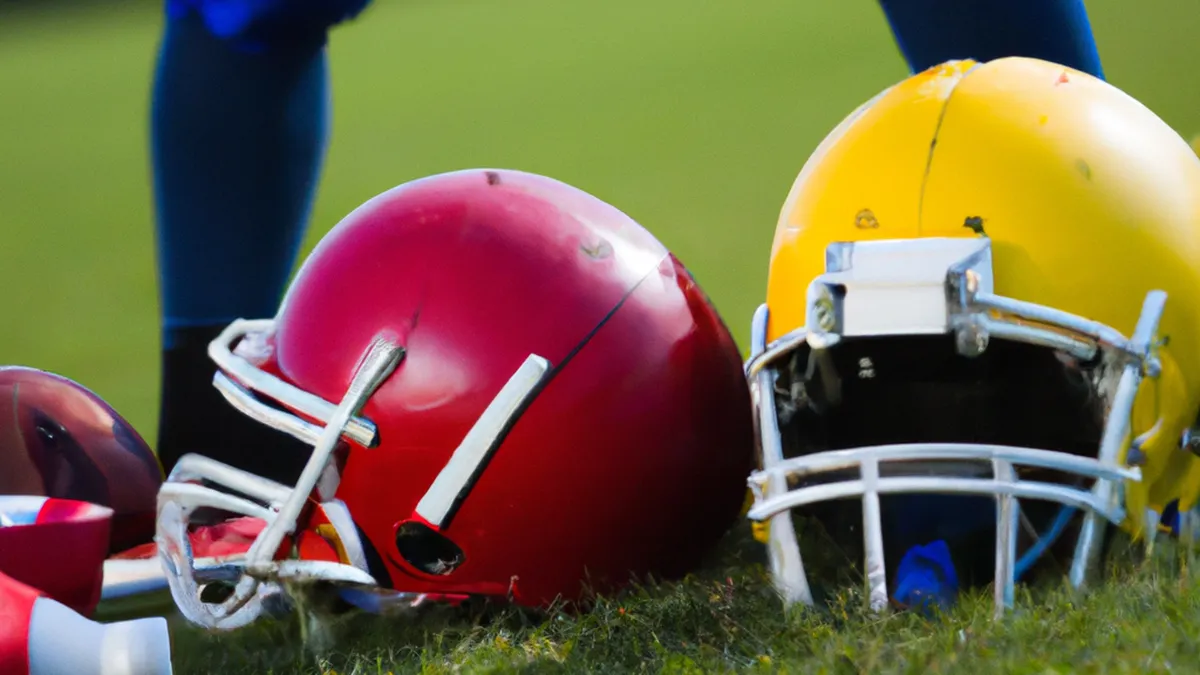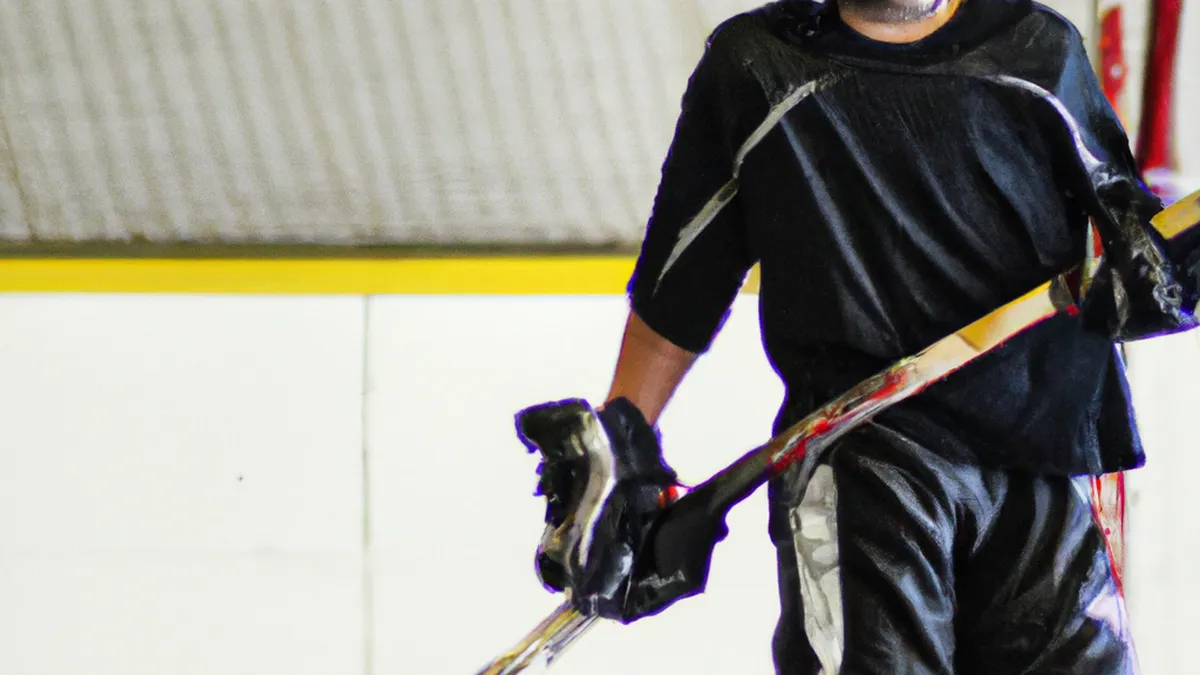Pivot Turns: Unlock Your Dance Potential
Mastering Pivot Turns EfficientlyDancers, athletes, and anyone needing quick direction changes must master pivot turns. This skill enhances performance dramatically on the dance floor or sports field. In this blog post, we will explore effective tips, practical advice, and benefits of mastering pivot turns. Let’s dive in!
Understanding the Basics of Pivot Turns
A pivot turn involves rotating on one foot while moving the other foot around it. This move allows for quick direction changes without losing balance. Dancers use it in jazz and ballet, while athletes rely on it in basketball and soccer.To perform a successful pivot turn, establish a solid foundation. Start with feet shoulder-width apart. Bend your knees slightly and distribute your weight evenly. This stance helps maintain balance during the turn.Understand the movement’s mechanics when executing a pivot turn. Keep the pivot foot anchored while sweeping the other foot around to rotate. The style of your pivot may vary, but the fundamental mechanics remain constant.
Tips for Executing Pivot Turns
As an Amazon Associate I earn from qualifying purchases.
Gear tip: consider basketball, soccer ball, and soccer cleats to support this topic.
1. Focus on Your Foot Placement
Proper foot placement ensures effective pivot turns. First, choose your pivot foot. This foot remains in place while the other moves around it. Position the pivot foot firmly on the ground with toes pointing forward. This positioning stabilizes your body and allows for controlled rotation.Next, prepare your non-pivot foot to move. Position it slightly behind the pivot foot for a smoother transition. As you initiate the turn, shift your weight to the pivot foot. This shift prepares you for rotation and helps maintain balance.
2. Use Your Core Muscles
Engage your core muscles to improve stability and control during pivot turns. Your core acts as a central anchor, helping you maintain balance throughout the movement. Tighten your abdominal muscles as you pivot to create a strong foundation. A strong core aids in balance and generates momentum for the turn.Use your core to guide your movement when you initiate the turn. Keep your torso aligned and engaged during rotation. This technique enables a more fluid and controlled movement. The stronger your core, the easier and more efficient your turn will be.
3. Practice Arm Positioning
Your arms help maintain balance during pivot turns. Keep your arms slightly bent at the elbows as you pivot. Position them in front of your body or extend them to the sides for better balance. Proper arm positioning enhances your overall stability.
Conclusion
Mastering pivot turns improves your performance in dance and sports. Focus on foot placement, engage your core, and practice arm positioning. Start training today for smoother, more controlled movements!
Below are related products based on this post:
FAQ
What is a pivot turn?
A pivot turn is a movement that involves rotating on one foot while the other foot moves around it. This technique allows for quick changes in direction, which is essential for dancers and athletes alike.
How can I improve my pivot turns?
To improve your pivot turns, focus on your foot placement by choosing a stable pivot foot and positioning your non-pivot foot correctly. Additionally, engage your core muscles for better balance and control, and practice proper arm positioning to enhance stability.
What are the benefits of mastering pivot turns?
Mastering pivot turns significantly enhances performance in both dance and sports by allowing for efficient movement and quick direction changes. This skill not only improves agility but also contributes to overall balance and control during dynamic activities.















Post Comment